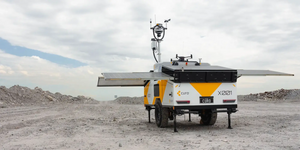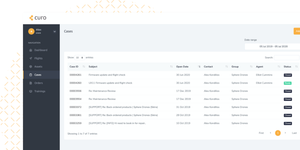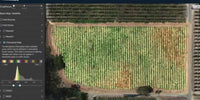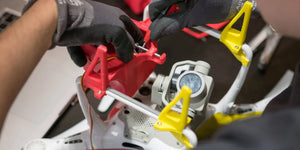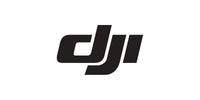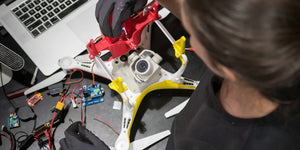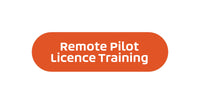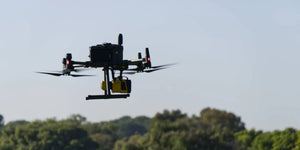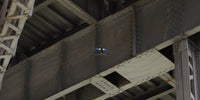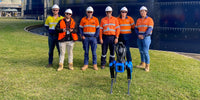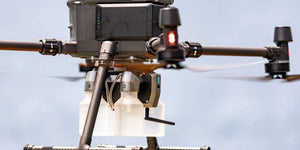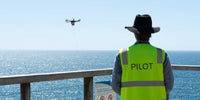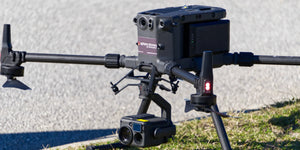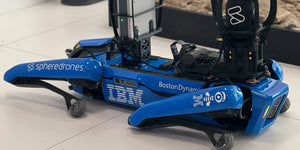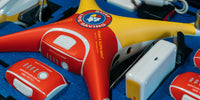Trees that are too close to power lines are a significant hazard and a major cause of power failures during high winds and storms. In dry weather conditions, branches touching the lines can catch fire, endangering human life and causing tremendous damage to the environment and existing infrastructures.
Vegetation clearance regulations apply to power lines
Mitigating vegetation-related risks is a major challenge for electrical companies. Each time they face an incident it is expensive to repair the damage and likewise it is a challenge to remain in compliance with regulations for vegetation clearance to ensure the safety and reliability of power supply.
The purpose of those regulations is to issue several rules applied to distribution companies and landowners:
- Define the distances between trees, electrical conductors, and the infrastructure itself.
- Set the rules about the responsibility for trimming trees.
- Assign liability.
Drones, digitisation, and AI to optimise power lines inspection operations and vegetation management
Vegetation management is therefore a mandatory operations and maintenance (O&M) activity for electrical distribution and transmission companies who allocate substantial amounts of resources in inspection and control programs.
Traditional methods for powerline inspection are time consuming and many times hazardous for linemen. New, more modern, and efficient approach relies on digitising physical assets, to obtain what is referred to as “digital twins”, thanks to aerial surveys. This data is then aggregated and analysed with cloud-based artificial intelligence and machine-learning algorithms to get actionable insights.
Besides providing objective and comprehensive data, this new digital inspection process empowers electrical companies to more frequently inspect their infrastructure and store historical data, which in turn help to build predictive models and detect potential hazards before they occur. This moves the process from reactive to predictive maintenance.
Digital tools offer new opportunities to facilitate maintenance work, optimise inspections and pruning activities:
- A non-intrusive method, allowing an exhaustive digitisation of the powerline and its surroundings to navigate and remotely inspect an up-to-date digital twin of the infrastructure.
- Flexible and quick deployment, allowing spot inspections in areas where vegetation grows faster.
- A more reliable and accurate method compared to the human eye.
- Build predictive models based on historical data to plan your pruning programs.
- Get more insights about your infrastructure and get the most out of your data.
delair.ai is the most advanced cloud-platform for vegetation management
While capturing data is easier than ever with drones, the challenge is in harnessing all the data to be consumable, shareable, and actionable. The delair.ai cloud platform provides a solution to analyse images of your infrastructure rapidly and repeatedly. to help improve reliability, better manage your projects, and lower operating costs.
With 10 years of experience as a technology expert and solution provider, Delair offers an enterprise-grade data analysis cloud-platform to manage visual data and deploy innovative AI technology to transform the data into actionable business insights. It helps maintenance crews to keep track of your infrastructure using a digital twin and to optimise vegetation management operations.
Delair’s vegetation management solution is up to 60% less expensive than traditional methods
The traditional method of walking inspections along power lines can be tedious and influence the accuracy of the inspection. It also endangers linemen when climbing towers or driving remote roads. The risks are even higher when the infrastructure is already damaged.
The daily productivity of one field team is around 5km/day, when performing the inspections by foot and there is in general no imagery / visual data collected. The cost of walking inspections is up to 60% more expensive than a drone survey combined with the delair.ai solution. Helicopters equipped with LiDAR sensors are another frequently used method to inspect power lines. The efficiency of LiDAR inspections is good, but the costs are 10% higher than with drone inspections combined with the delair.ai solution.
Source: Delair
